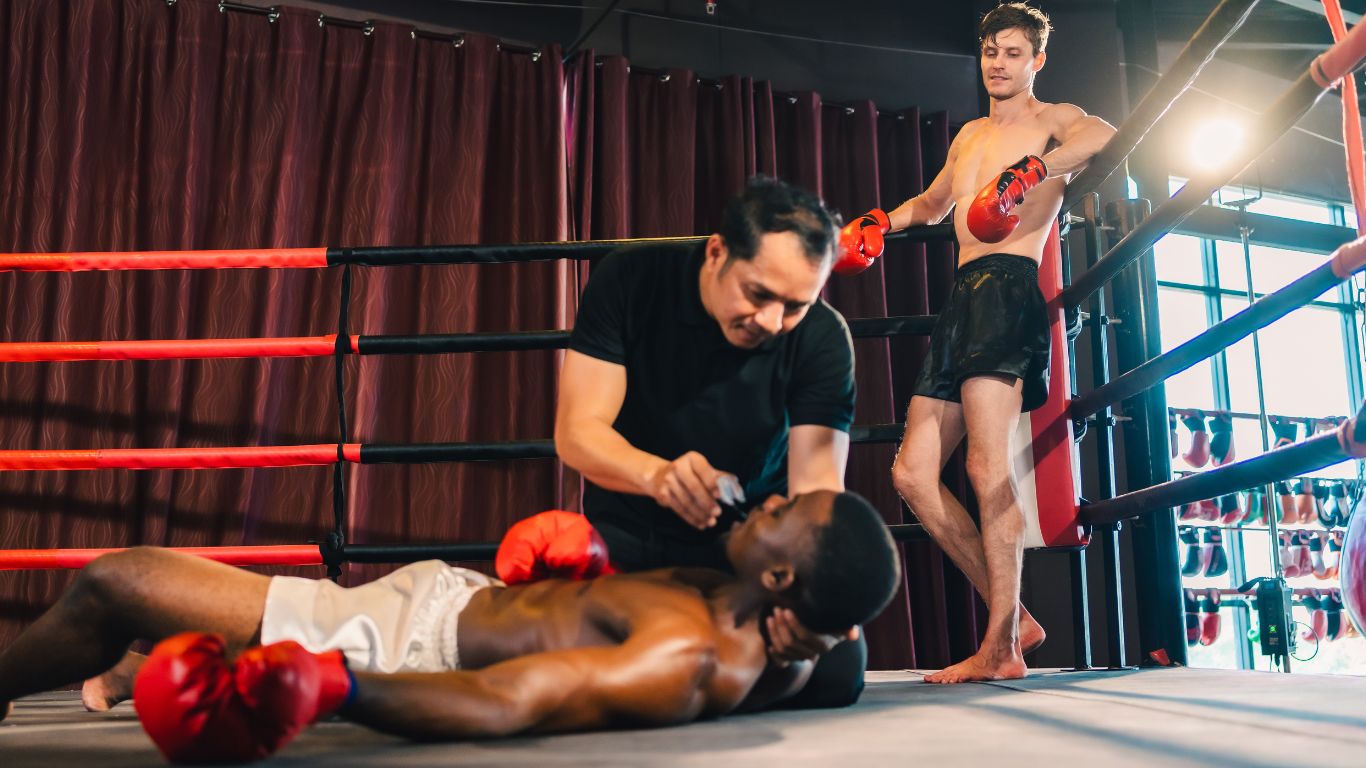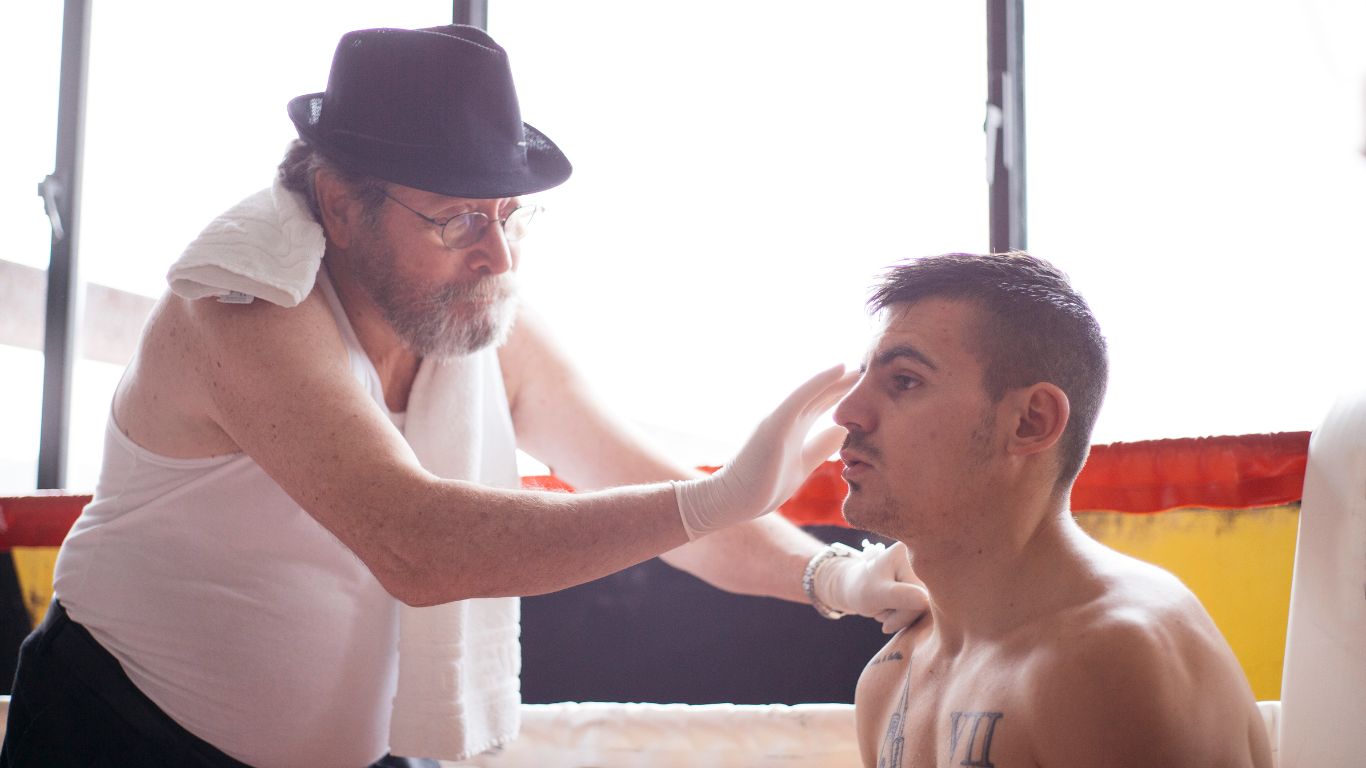Achieving supremacy inside the wrestling ring requires a perfect blend of strength, speed, agility, and technical prowess. For the seasoned professional wrestler, the quest for improvement never ceases. This guide is designed to elevate your performance, pushing the limits of your physical and tactical capabilities to ensure you dominate your opponents.
Training Goals
The primary objectives of this advanced training program are:

- Boosting Overall Strength and Power: Amplify your ability to execute power moves precisely.
- Enhancing Agility, Speed, and Flexibility: Move with unmatched swiftness and fluidity, making it difficult for opponents to predict your next move.
- Improving Endurance and Stamina: Ensure you can maintain peak performance from the opening bell to the final pin.
- Developing Advanced Wrestling Techniques and Strategies: Outsmart and outperform competitors with superior tactics and skills.
Weekly Training Schedule
Your regimen will consist of a balanced mix of strength training, cardio, flexibility exercises, and technical drills spread over six days, with one rest for recovery.
Monday: Strength and Power
- Morning: Dynamic Warm-up followed by Plyometrics to boost explosive power.
- Afternoon: Olympic Lifts and Compound Movements (Squats, Deadlifts, Bench Press) focusing on heavy weights with lower reps.
Tuesday: Technical Skills and Strategy
- Morning: Review match tapes to analyze both personal and opponent’s strategies.
- Afternoon: In-ring training focusing on executing and countering specific wrestling moves and sequences.
Wednesday: Agility and Speed
- Morning: Agility ladder drills, cone drills, and short sprints.
- Afternoon: High-intensity interval training (HIIT) for speed endurance.
Thursday: Endurance and Stamina
- Morning: Long-distance running or cycling.
- Afternoon: Circuit training incorporating bodyweight exercises.
Friday: Flexibility and Recovery
- Morning: Active stretching and yoga.
- Afternoon: Light in-ring work focusing on fluid movement and transition drills.
Saturday: Technical Skills Enhancement
- All Day: Intensive in-ring training session focusing on perfecting new maneuvers, working on selling, and improving storytelling during matches.
Sunday: Rest and Recovery
- All Day: Active recovery, including light stretching, massage therapy, and mental preparation.
Nutrition and Hydration

Optimal performance requires proper fuel. Focus on a balanced diet rich in proteins for muscle repair, complex carbohydrates for energy, and healthy fats for inflammation reduction. Hydration is vital; drink at least 3 liters of water daily, more on intensive training days.
Mental Preparation
Wrestling is as much a mental game as it is physical. To develop a strategic edge, dedicate time each day to mental training techniques, such as visualization, meditation, and reviewing match footage.
FAQs
Q: How long should each training session last?
A: Training sessions should ideally last 1 to 3 hours, depending on the day’s focus. Quality over quantity is crucial to prevent burnout and ensure recovery.
Q: Can I customize the training schedule based on my match schedule?
A: Absolutely. The guide is flexible. Adjust it to fit your competition schedule and physical condition, ensuring you peak at the right time.
Q: What if I get injured during training?
A: Seek immediate medical advice for any injury. It’s essential to rest and recover before gradually easing back into training. Consider consulting with a sports therapist for rehab exercises tailored to your needs.

Q: How often should I change my training routine?
A: To prevent plateaus, consider altering your training routine every 4-6 weeks. This can include modifying exercises, intensity, and volume to challenge your body continuously.
Q: Do I need a specific diet plan alongside this training guide?
A: While this guide highlights the importance of nutrition, consulting with a sports nutritionist to devise a plan tailored to your body’s needs and your training intensity is recommended for optimal results.
Q: How crucial is the rest and recovery day? Can I skip it if I feel good?
A: Rest and recovery are essential components of any training regime. They prevent overtraining, reduce injury risk, and allow muscle repair and growth. Skipping rest days can hinder your progress and lead to burnout.
Conclusion
This comprehensive training program will sharpen your strengths and elevate your wrestling career to new heights. Remember, consistency is critical. Dedicate yourself to this regimen, maintain a disciplined approach to nutrition and recovery, and continually refine your technical skills and strategy. The path to wrestling dominance is a marathon, not a sprint. Prepare to enter the ring as a more formidable competitor than ever before.









